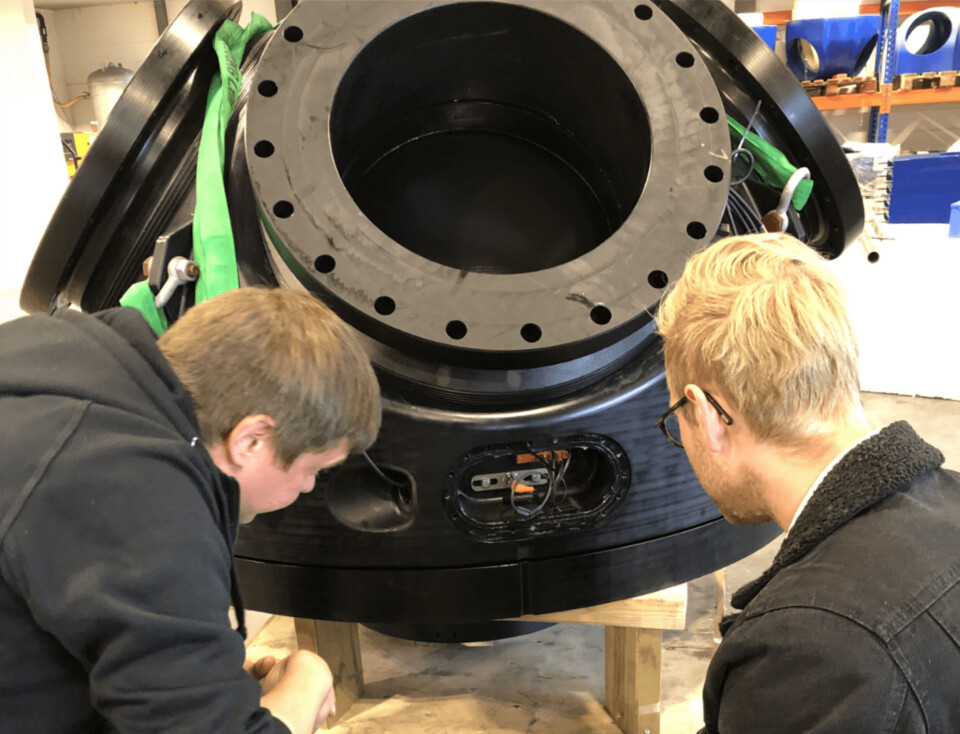
‘Simpler, safer’ fish handling promised for wellboats and on-land farms
A company that makes fish handling systems for wellboats says it has created a safer and more gentle way of handling stock.
Tor Andre Rønning, senior engineer with Norwegian firm Cflow, said the company had developed its new patented Flowline design concept based on prioritising the main functions of the fish handling system.
“This means reducing bends, valves, lifting height, and piping to a minimum on the more frequently used routes,” explained the engineer in a press release.

Increased flexibility
"We have developed a new valve with four outlets, which will considerably increase flexibility,” added Rønning. “Four of these Flowline 5 valves can do the same job as 16 three-way valves on a wellboat with the same function.
“Similarly, this valve will also simplify fish handling in land-based fish farms.”
The company’s biologist, Bigitte Refsnes, explained that part of the development process had been to find a better plastic than is currently used on similar valves. Cflow worked with Norwegian plastic machining expert Astorplast AS on the development.
Stronger plastic
“For Flowline, we have chosen a type of plastic that is stronger and more solid than the typical PE or PUR. This can handle greater tension and strain,” said the biologist. “An important focus in the development process has been to achieve the smoothest possible internal transitions.
“Another has been to simplify cleaning and maintenance. The Flowline valves have therefore been given several ports for cleaning, flushing and draining. The plastic we chose ensures that all surfaces are smooth with no pores or scratches, in order to avoid conditions for bacterial growth.”
The vessel that will become the world’s largest-capacity wellboat, the Gåsø Høvding, is being equipped with Flowline valves. The wellboat, which will have a capacity 50m³ greater than the 7,450m³ of the current biggest, the Ronja Storm, is being built at the Turkish Sefine Shipyard, commissioned by Norwegian wellboat operator Frøy Rederi.























































